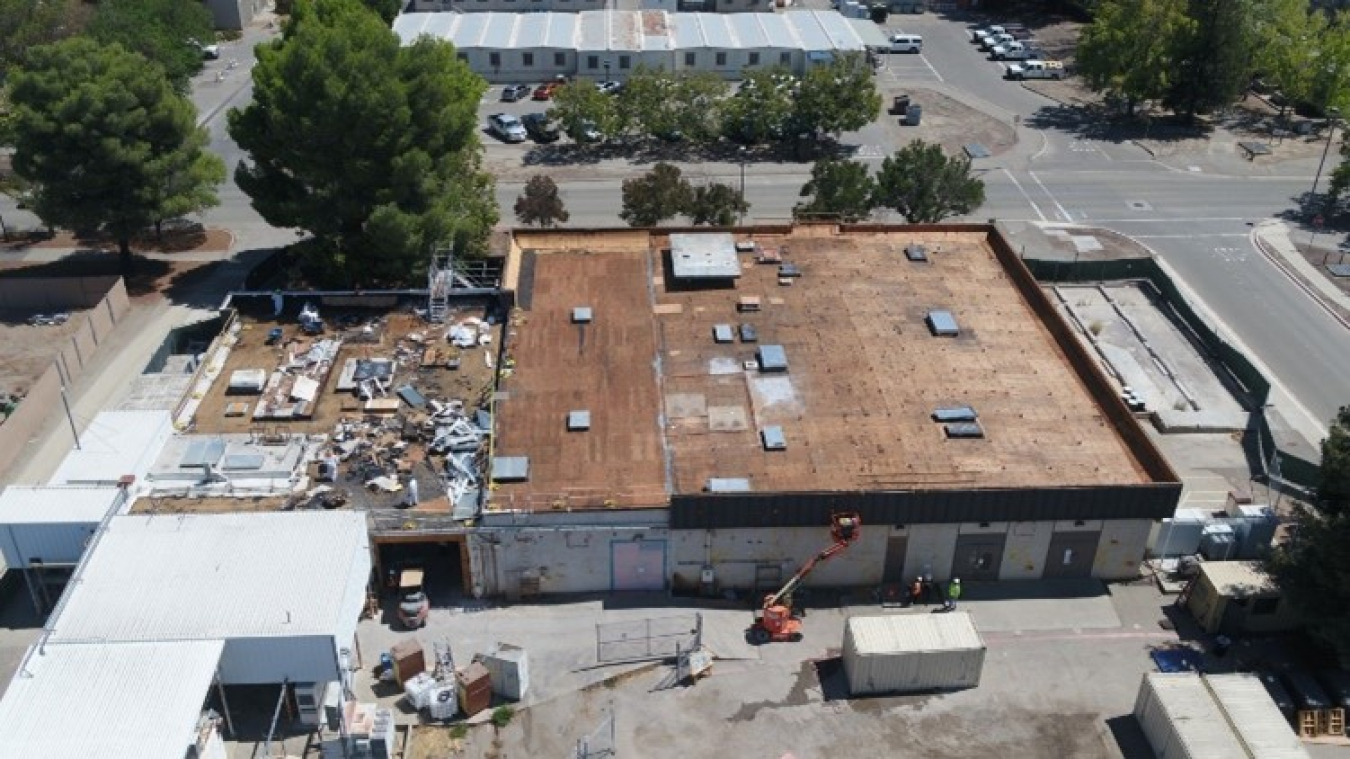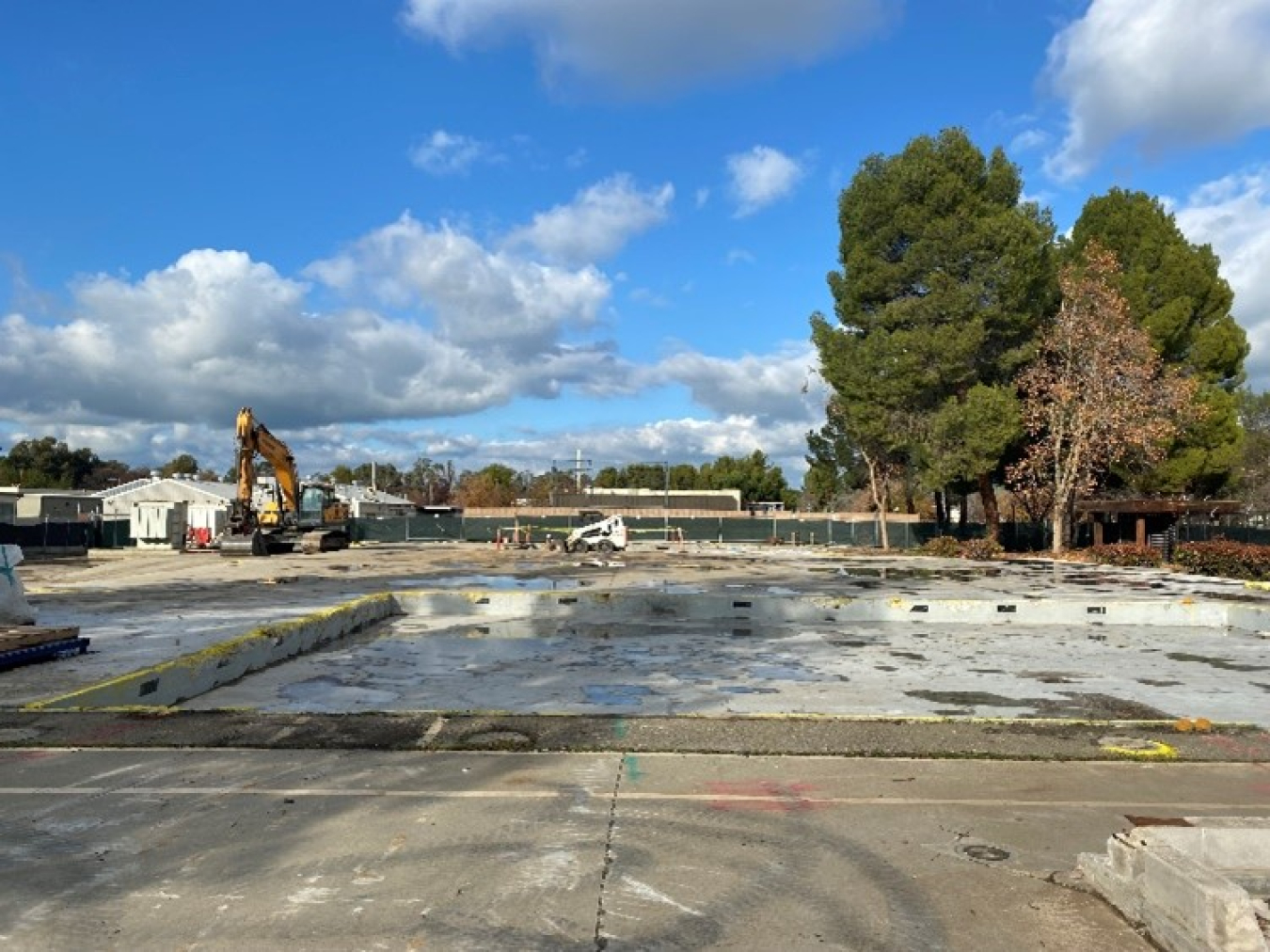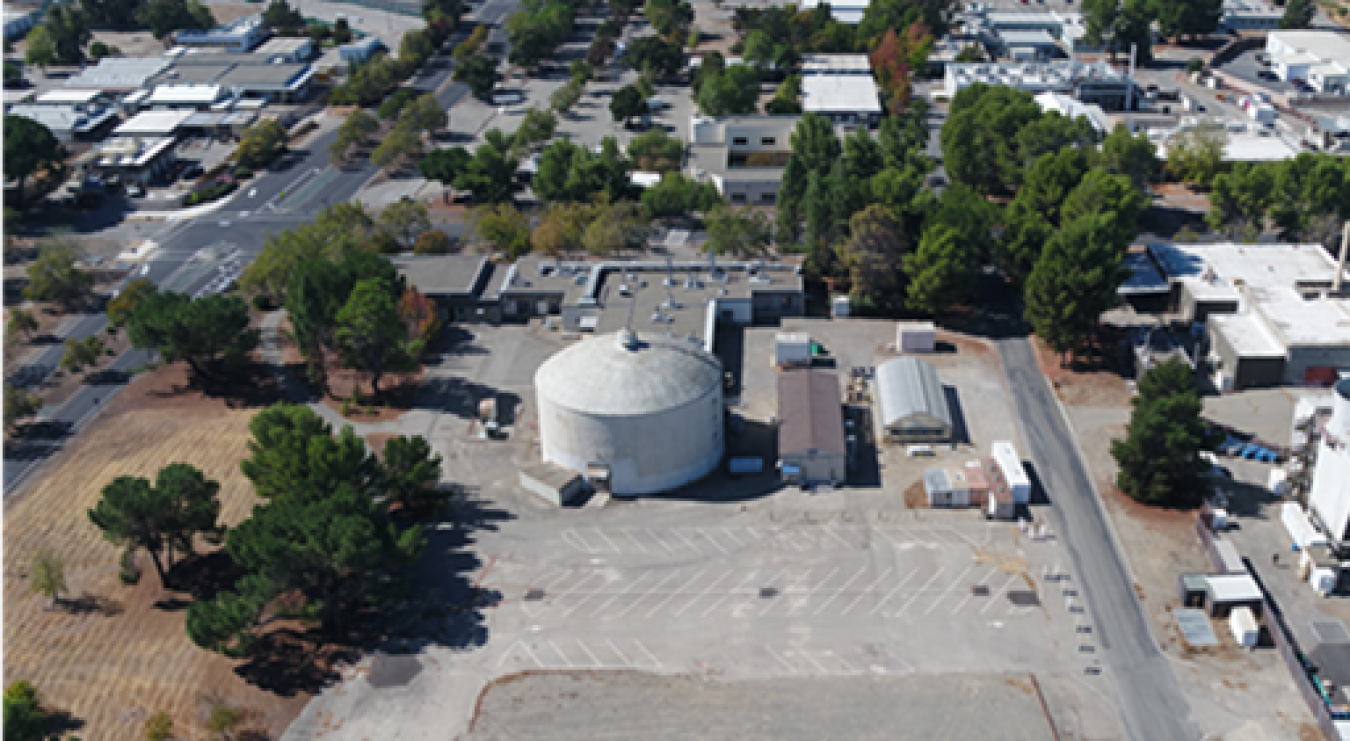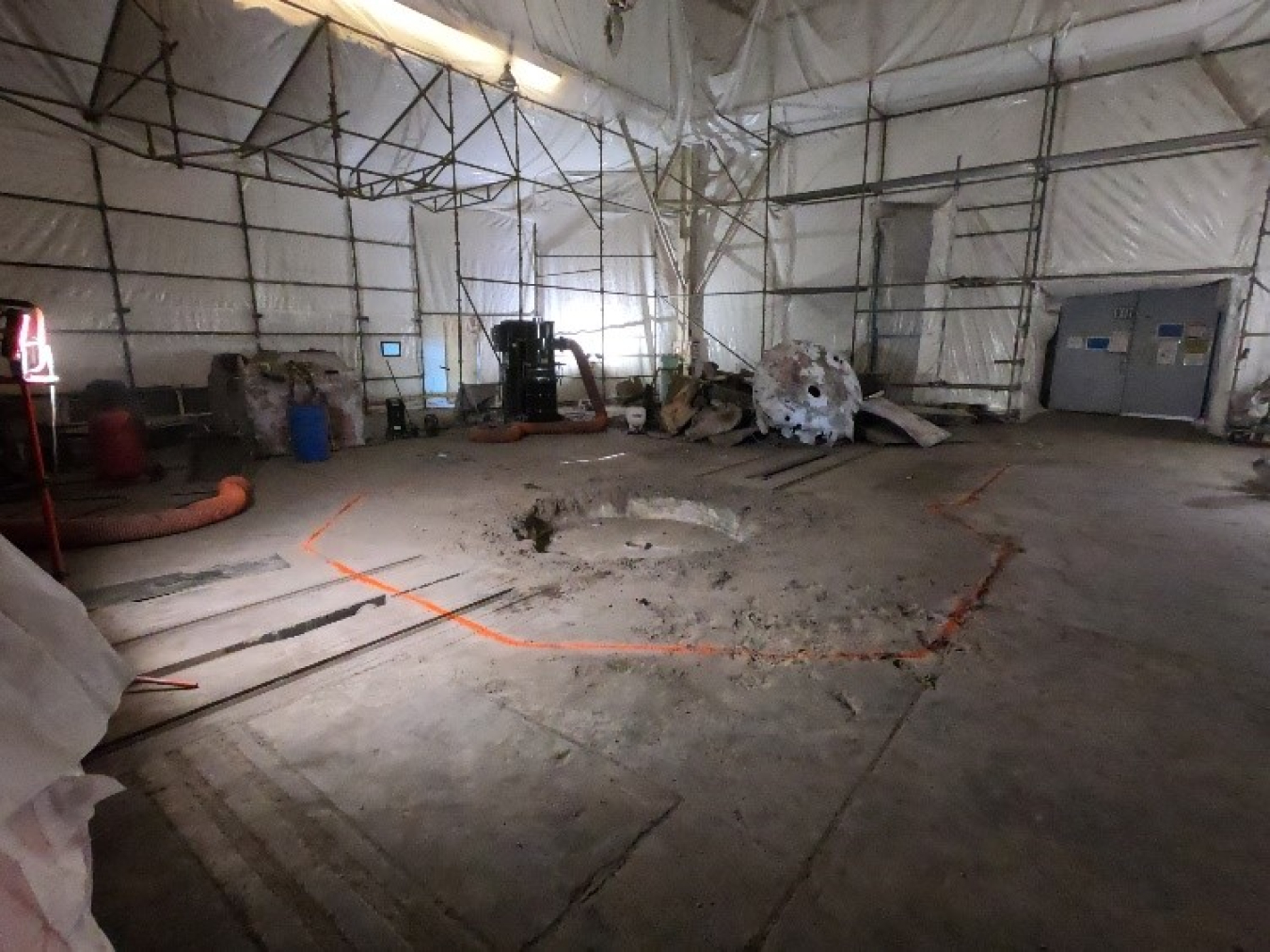Building 175 and 280’s reactor are the first realized opportunities at LLNL.
National Nuclear Security Administration
May 17, 2022The buildings at Lawrence Livermore National Laboratory (LLNL) are a vital part of the Department of Energy’s (DOE’s) Nuclear Security Enterprise, but essential as they are, they must fit into about one-square mile. So when a building has outlived its usefulness it must be demolished to provide buildable area for new, improved, structures. There’s no room for excess.
Building (B)175 and the reactor inside B280 recently faced this fate. Demolition is not only important for sustaining the usable footprint but also in reducing risks posed by these contaminated facilities. NNSA, LLNL, DOE’s Office of Environmental Management, and U.S. Army Corps of Engineers teams collaborated on the demolition and cleanup work of these high-risk structures. B175 was razed to the ground, while the reactor in B280 was removed to prepare the building for demolition.


The B175 project
B175 played a part in LLNL’s former Uranium Atomic Vapor Laser Isotope Separation program. The program used an electron beam to vaporize uranium to test ion extraction and systems that handle the material involved.
“B175 required a colossal amount of teamwork between agencies, and ultimately involved eight teams to demolish it. Coordinating offices, schedules and individual duties was challenging, but everyone worked together to get in and do what they needed to,” said Mark Costella, LLNL’s Transition and Disposition Program Manager.
Another puzzle to work through was the low-level mixed hazardous waste. Before it was demolished, B175’s contaminants had to be identified and a disposal plan developed. More than 30 shipping containers were removed and transported to a certified low-level processing facility out of state.
So far, the B175 demolition has cost about $11 million and taken two years to complete. With the recent demolition and waste removal, the site enters the next phase, which is removing the building slab to provide over 16,500 square feet of buildable footprint for a new structure.


The B280 project
B280 housed the Pool Type Reactor, a neutron-producing machine that was used for fundamental research and to measure and calibrate instruments. Later, it was used for trace-element measurements, radiation-damage studies, and studying shorter-lived fission products.
The removal project, managed by the Army Corps of Engineers, took roughly a year and cost about $10 million. The project included the removal of the reactor and some associated equipment and components. Removing the reactor – which included a lot of concrete shielding – was essential to reducing the risk of the building and its demolition. Next up: Razing the building and removing the slab, which will provide over 5,000 square feet of buildable space.
Room to Grow
Building 175 and 280’s reactor are just the first realized opportunities at LLNL. Since over 310,000 gross square feet is tied up in contaminated excess facilities, collaboration and teamwork will continue at the lab as it and NNSA collaborate to reduce risk and reclaim valuable space.

